Tokyo is visual chaos everywhere, the antithesis of the Japanese interior. It is a multilevel jumble of overpasses, neon signs, electric pylons, railway lines and traffic lights. The pavements are empty, not a pedestrian human in sight. And the leader of North Korea is still lobbing ballistic missiles right over Japan and cackling away about his collection of nuclear warheads. Drinking beer in a sushi bar in Ginza on our first night, I ask my neighbour whether people are worried by the behaviour of the lunatic child across the water. ‘No,’ he replies. ‘I am far more frightened by our prime minister. He really is dangerous.’ Shinzo Abe is proposing to repeal the clause in Japan’s constitution that bans recourse to war.
We are travelling through Japan to present a film and a concert, both inspired by the atomic bombing 71 years ago of Hiroshima and Nagasaki. The film, Snake Dance, has toured the world, and has been shown on four out of five continents. Twinning the screening with a concert is the idea of Manu Riche, its director. The third member of our party, the great Japanese pianist Jun Kanno, reproduces a programme performed at Los Alamos National Laboratory in America by the physicist Otto Frisch to entertain his colleagues in the days before the bombs were dropped. Frisch, a brilliant and courageous scientist, was also a bit of a show-off: his programme includes Domenico Scarlatti’s Sonata in D minor, Beethoven’s Piano Sonata No. 8, and Ballade No. 3, Op. 47 in A flat major by Chopin.
Kyoto, with its numerous temples, gardens and castles, remains the cultural and spiritual centre of Japan. Compared with Tokyo it has a relaxed and welcoming atmosphere. There are streets full of the traditional wooden houses with their paper walls. It was in 1924 that US air force strategists first noted the vulnerability of these Japanese houses to fire bombing. Setting out for the first performance, Jun is running slightly late, at which point our taxi is clipped by another taxi. None of our Kyoto friends can quite believe this has happened. ‘Japanese taxi drivers never have collisions and certainly not with each other,’ I am assured to my surprise. Japanese taxi drivers, in my experience, resemble a bunch of elderly bandits. They are decked out like characters in 1950s Hollywood movies in navy blue uniforms, peaked caps and white cotton gloves. An amber light is invariably seen as a signal to slam the foot on the accelerator and jump the early red. As a group they are unusually aggressive and remarkably old — if young at heart.
Before the second performance, which is in the northern city of Sendai, centre of the 2011 tsunami, we drive out to revisit the district of Natori where some of the filming took place. This is an eerie ghost plain, mostly scrub, where houses, shops and schools used to be. The tsunami left 18,500 dead and devastated 600 kilometres of the coastline; nearly 200,000 people are still living in temporary accommodation. Outside Sendai, after five years, there are still bulldozers everywhere. Miraculously, some of the rice paddies have been cleaned up and brought back into cultivation. At a crossroads we identify a little supermarket, one of the few buildings left upright, whose windows were in use as a heartbreaking noticeboard by those seeking missing relatives. Now it has reopened as a showroom for the Akahashi Funeral Service. Polished black marble tombstones are lined up in a neat row behind the glass. Out on the plain, a patch of high grass surrounds a little cemetery. People are still coming here to mourn their dead. There are metallic flowers, little pottery teacups and stone Buddhas, but today this has become a virtual graveyard. When the waters tore through, the burial plots were ripped open and the bodies, as well as the original tombstones, were washed away.
Performance No. 3 is in Hiroshima and our flight arrives over the city at 9.15 a.m. on a sunny day, precisely the time that ‘Enola Gay’ arrived to open its bomb doors all those years ago. Snake Dance challenges the familiar attempts to justify the 1945 bombings and confronting a Japanese audience, many of them in tears, after the screening can be a sombre experience. Before the performance, during a live television interview, Jun Kanno is asked how he can bear to put himself in the place of such a bad man as Frisch, one of the inventors of the atomic bomb. Nuclear phantoms from the past have been reawakened by the damage to the Fukushima nuclear power station. Repairs are now scheduled to last 40 years. Contaminated groundwater from Fukushima has been seeping into the Pacific every day since the explosion and Shinzo Abe has been accused of lying about the extreme seriousness of the situation in order to secure the 2020 Olympics for Tokyo.
Our tour ends in Nagasaki, a beautiful city-port that has become so much more than a memorial to the tragedy of 1945. After the final concert, middle-aged children of bomb victims step forward to thank us. We celebrate the end of the tour with the president and directors of the concert hall in a local restaurant. Our road manager, Mr Naoaki, a U2 fan, announces that he considers the Japanese people themselves to be partly responsible for the atomic bombings, and the evening ends in the street with the director of the concert hall unexpectedly sobbing his heart out in my arms. I am not quite sure whether this is due to the film, the sake or to my suggestion that we should return for a further tour next year.
The post Japan Notebook appeared first on The Spectator.
Got something to add? Join the discussion and comment below.
Get 10 issues for just $10
Subscribe to The Spectator Australia today for the next 10 magazine issues, plus full online access, for just $10.
You might disagree with half of it, but you’ll enjoy reading all of it. Try your first month for free, then just $2 a week for the remainder of your first year.

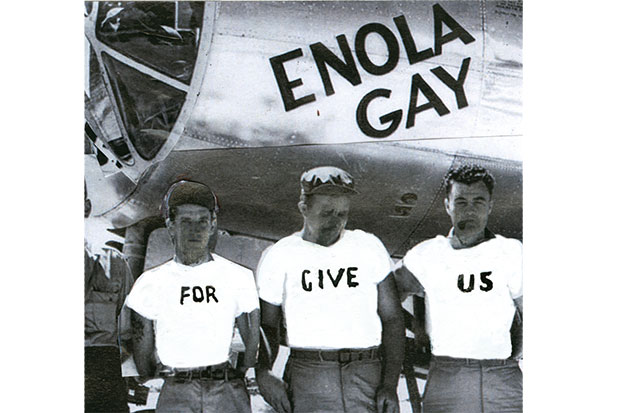
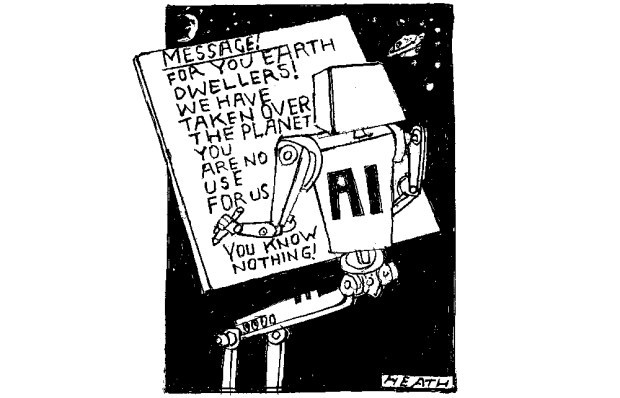
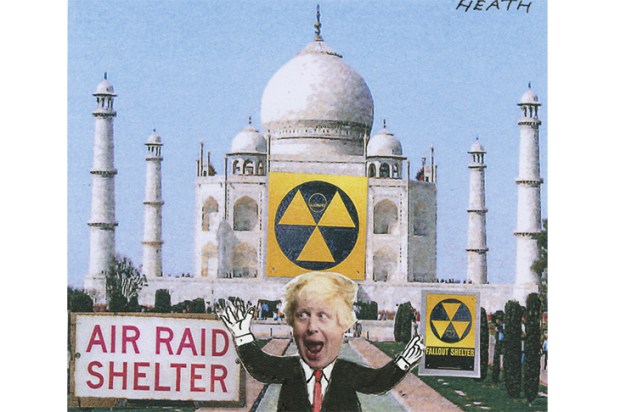
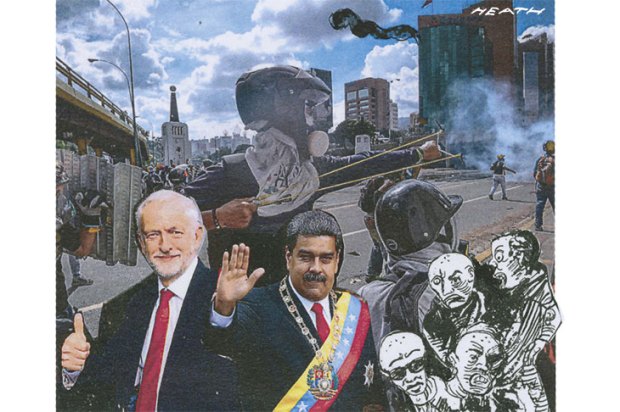
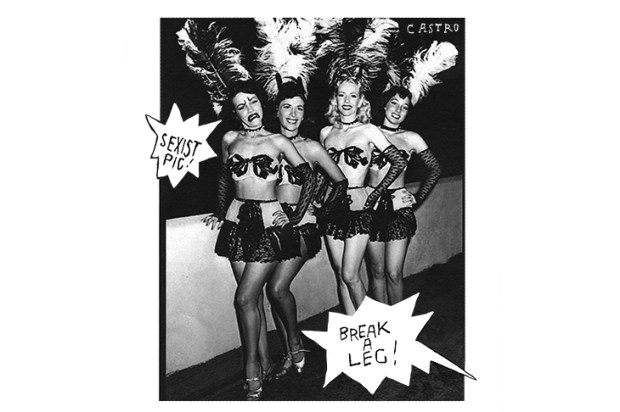
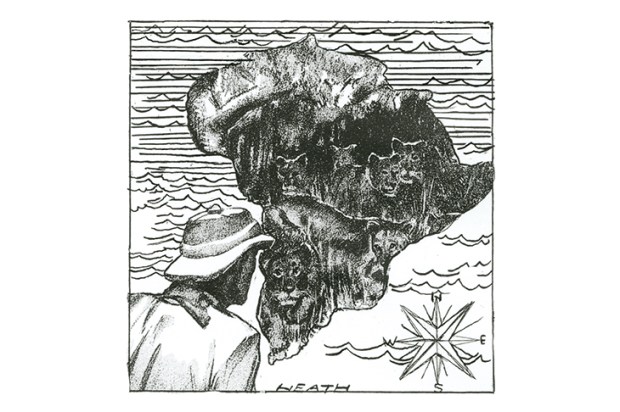







Comments
Don't miss out
Join the conversation with other Spectator Australia readers. Subscribe to leave a comment.
SUBSCRIBEAlready a subscriber? Log in